PC panels combine the benefits of traditional desktop computing with the convenience of touch screen control. Today's PC panels offer a wide range of handling, connectivity and mounting options, making them suitable for any number of human-machine interface (HMI), automation or industrial control applications. But the production of PC panels means that choosing the right system for your particular project and its installation environment can be very challenging.
There are two different types of touch screens available for industrial panel PCs - capacitive and resistive. The main difference between these two varieties is the way the input is detected. Capacitive touchscreens use electrostatic field interference caused by interaction with the screen to sense the location of contact on the touch surface, while resistive screens rely on finger or stylus pressure to change the resistance within the screen and indicate the point of contact. Capacitive touch screens are often preferred in applications where detailed touch accuracy and light pressure contact sensing are important. On the other hand, in industrial environments where operators may wear gloves, resistive screens are often preferred, which can significantly limit the effectiveness of capacitive screens.
Before purchasing any industrial flat panel PC, consideration should be given to deciding whether your PC panel will be secured inside another enclosure or machine, attached to a bracket, or mounted to a wall, but once the system arrives and is mounted ready for installation. Choosing the correct size panel is a major issue if the PC will be embedded, whether in a kiosk, a larger device or any type of enclosure. Be sure to check each size of the PC panel you are considering, i.e. its depth, to avoid frustrating installation delays. other details of PC panel installation are sometimes less obvious to first-time buyers.
If your equipment, tools, or machinery requires a PC panel, you should consider a PC panel with a panel mounting option. Panel mounting allows the touch surface to be mounted flush with the front surface of the enclosure, as opposed to mounting the panel to a wall or stand. This mounting arrangement is often popular in food production or particle-rich environments that require frequent cleaning. Panel mounting not only prevents debris from collecting on the PC, but also allows the system to be easily wiped clean or sprayed, as long as it is properly rated for water resistance.
Depending on the environment you plan to use it in, the IP rating of the PC panel may be a very important consideration. IP (Ingress Protection), a standard designation, indicates how effective the enclosure is at sealing out liquid and solid intrusion. Industrial panels typically have an IP65 or IP67 rating. the first number in the IP rating indicates the ability of the enclosure to stop solids from entering, ranging from the operator's fingers to particles such as debris and dust. The highest solids ingress rating is 6, indicating that the system is protected from even dust particles. the second digit in the IP rating relates to how effective the enclosure is at sealing liquids.
The highest rating for this class is 8, which means that the entire case is waterproof and can be submerged to a depth of more than 1 meter. An overall IP65 rating indicates that the entire system, including the sides and back of the unit, is also resistant to intrusion. If the PC panel will be embedded in another cabinet or panel mount, then a front IP rating may be sufficient. However, if you intend to install the system as a stand-alone device and the entire system is exposed to the elements, a higher overall IP rating may be required.
One of the advantages of PC panels is that they come in a variety of sizes to fit almost any situation. When choosing the right size, you may be limited by a number of factors, depending on your application. It is necessary to consider whether it will be mounted on an articulating arm, on a stand, or elsewhere. If so, the weight of the system may also be a factor. In addition to this, consider the resolution of the display and the clarity and size of the image you need to display. Be sure to consider whether the application requires a standard (4:3) or widescreen (16:9) aspect ratio screen.
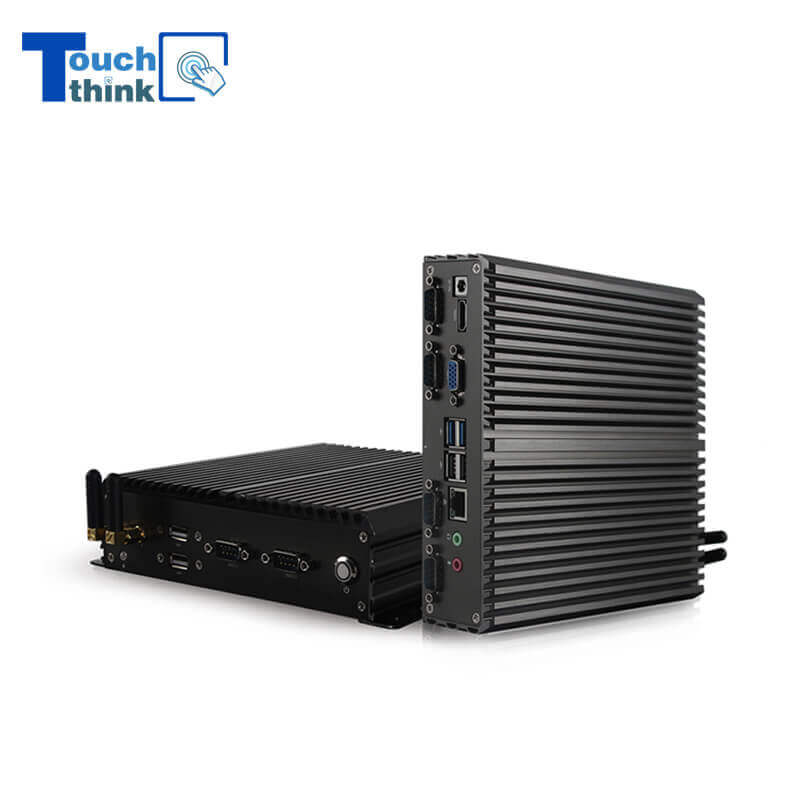
Industrial Mini PC Fanless i3 i5 i7 Industrial Box PC VIEW MORE
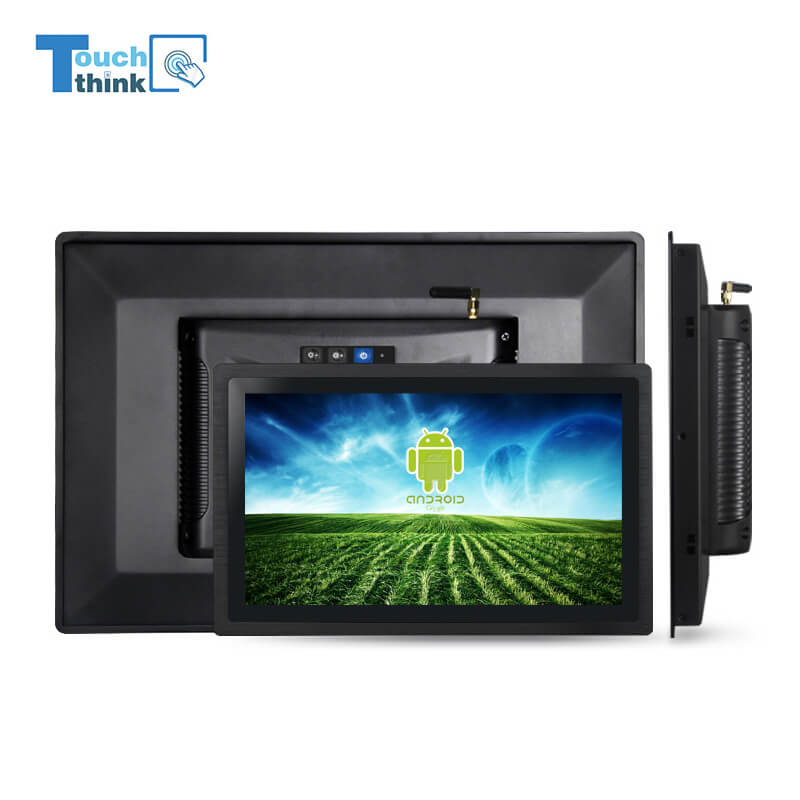
Android 13.0 Industrial Panel PC 21.5 Inch with 4G LTE WiFi Octa-Core For Meeting Room Smart Education VIEW MORE
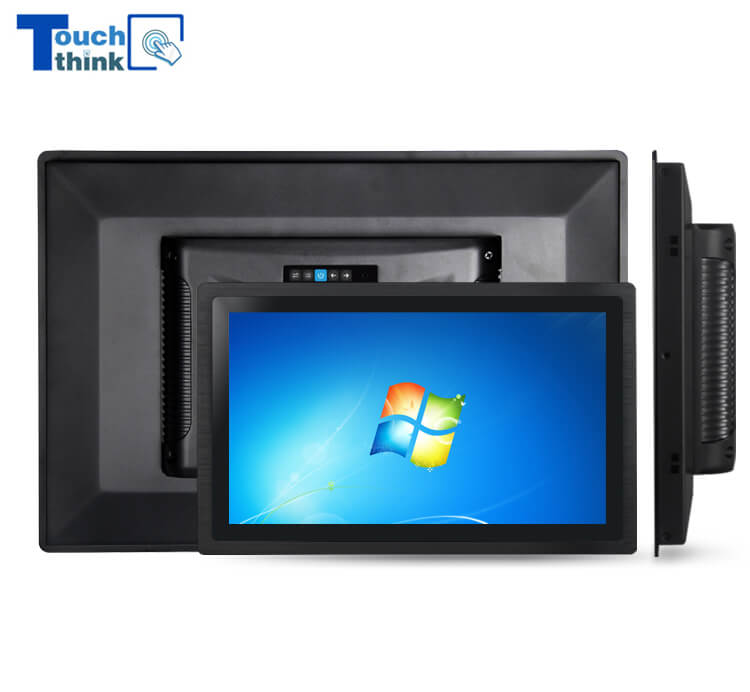
Sunlight Readable Industrial Monitor with Optional Display Size 10.1 inch VIEW MORE
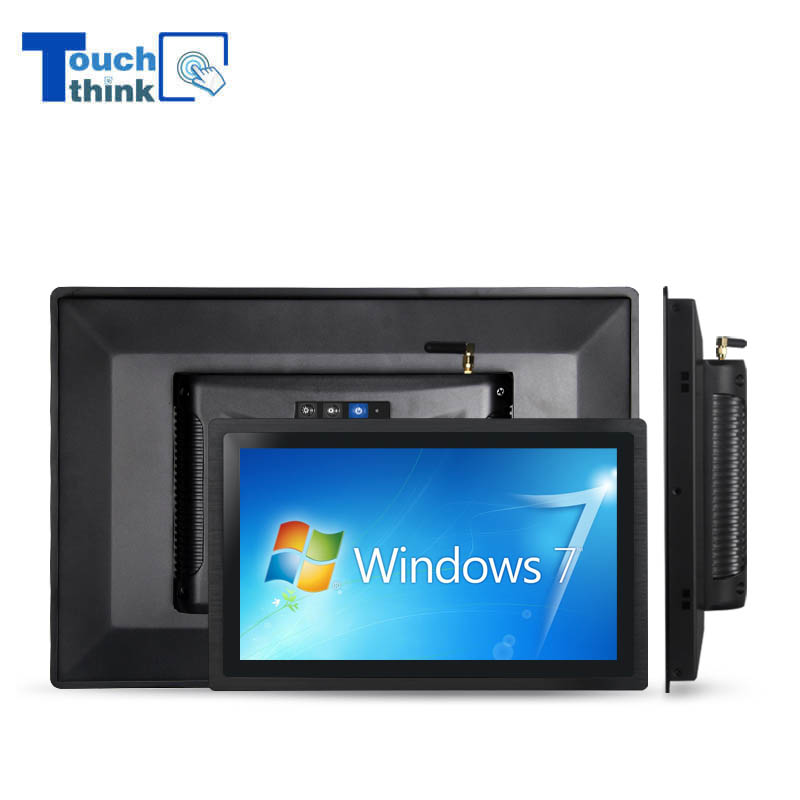
11.6 inch Windows Industrial All in One Panel PC With Touch Screen VIEW MORE
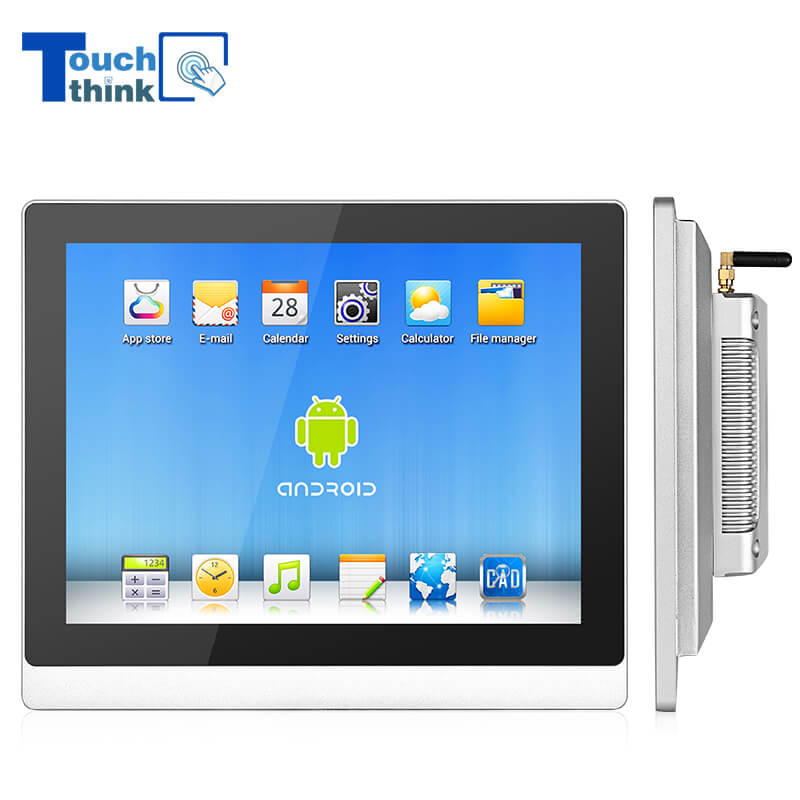
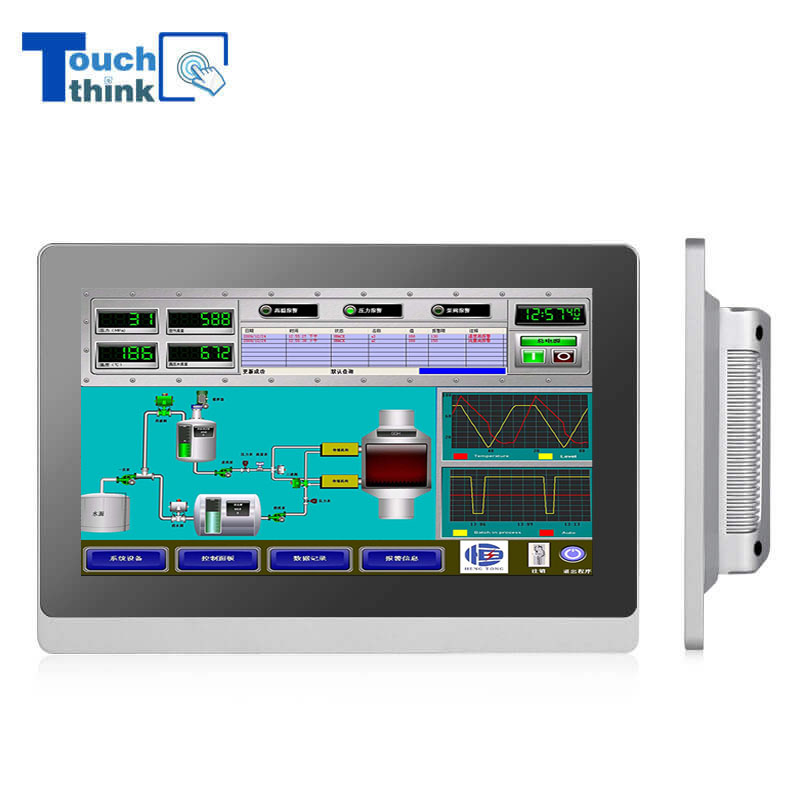
True Flat Capacitive Touch Screen Industrial LCD Monitor IP65 21.5 inch VIEW MORE
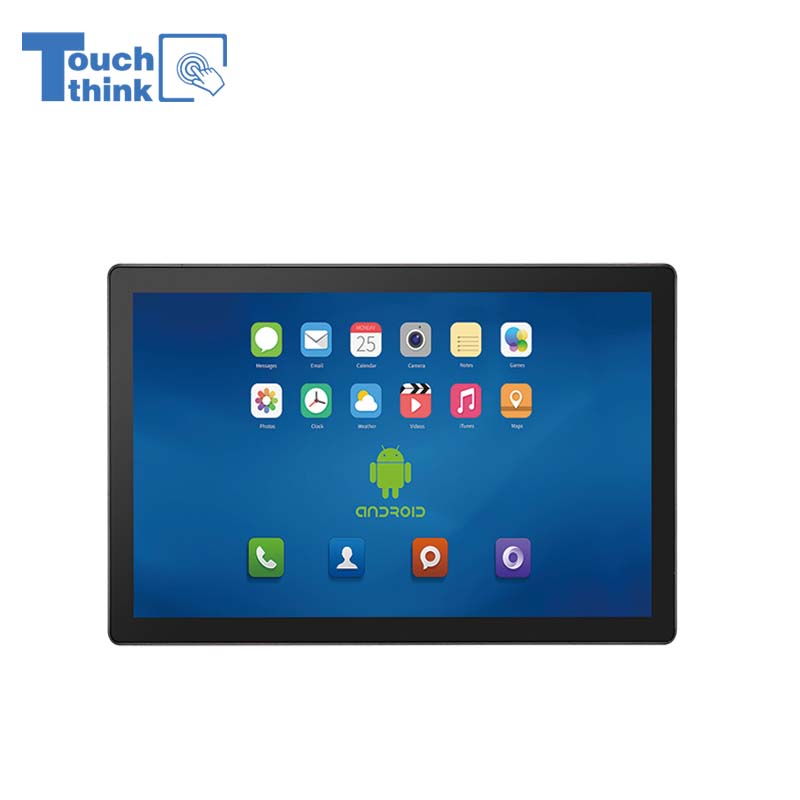
All Weather Android Tablet PC for Public Service Terminals 15.6" VIEW MORE
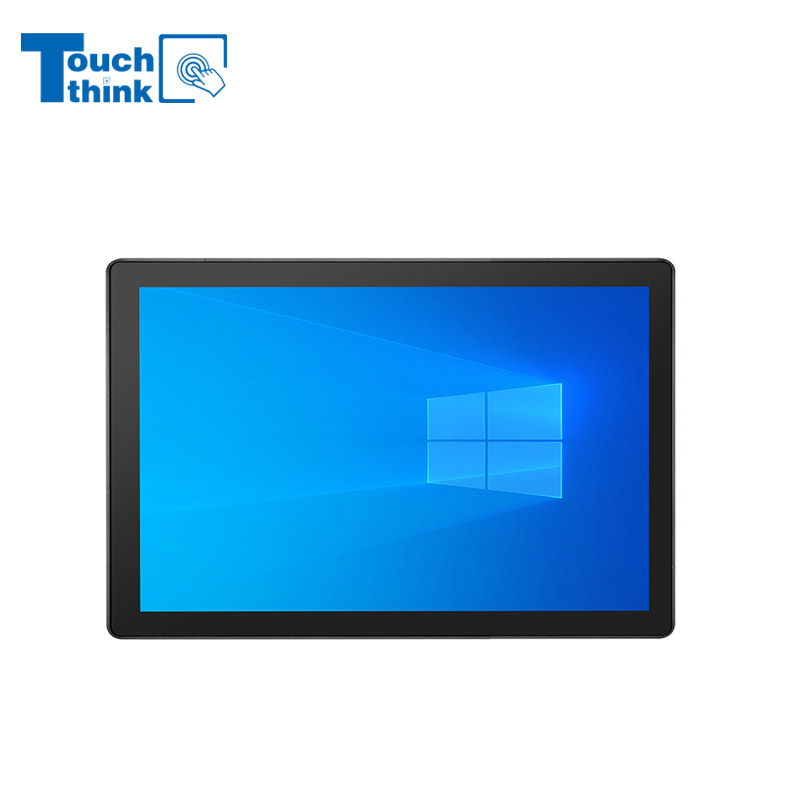
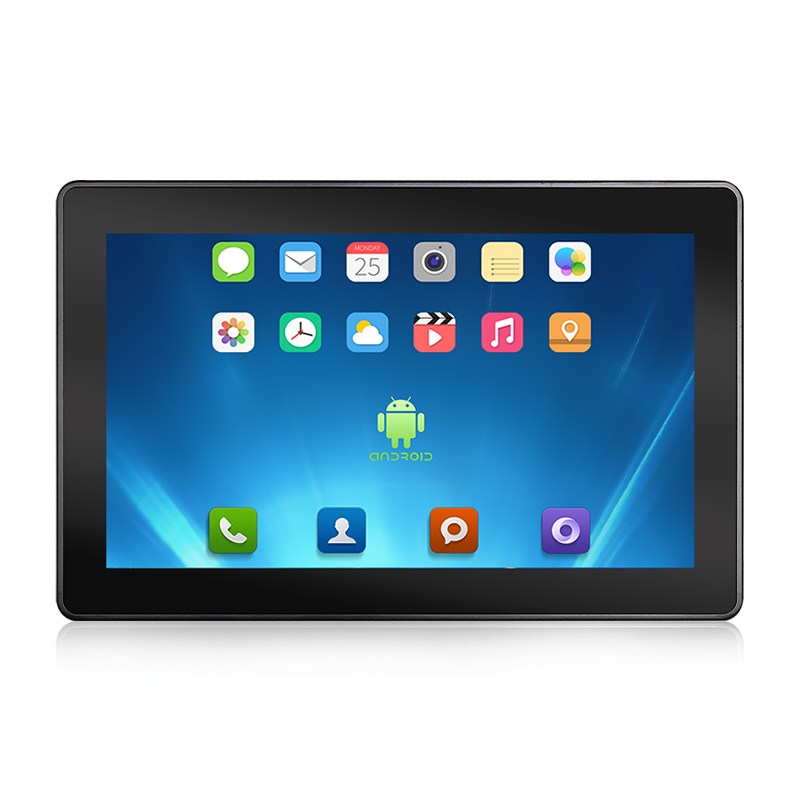
Industrial Android Tablet PC PoE Dual LAN Ethernet Android 12.0 / 7.1 / 9.0 / 10.0 VIEW MORE
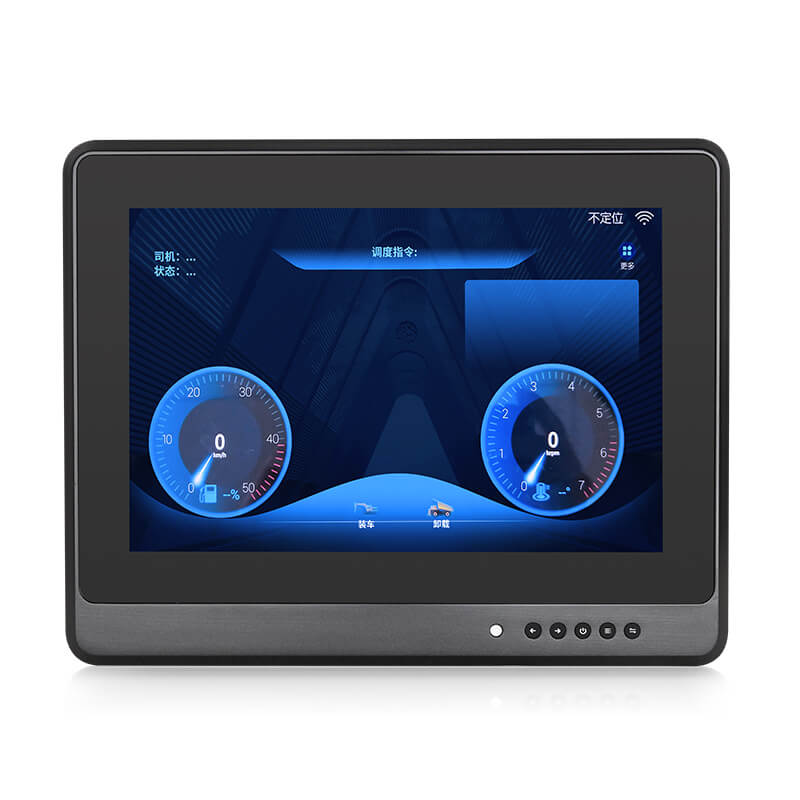
10.1" Vehicle Mount LCD Monitors Vehicle Touch Displays Car Crane Monitor VIEW MORE
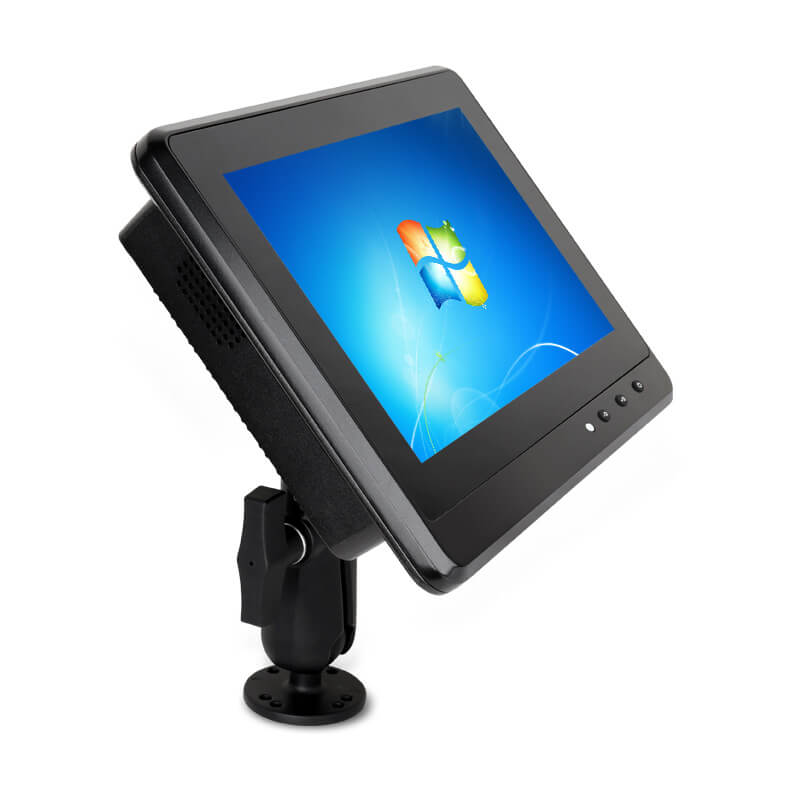
Transportation Panel PC Windows Vehicle Mounted Touch Computers VIEW MORE
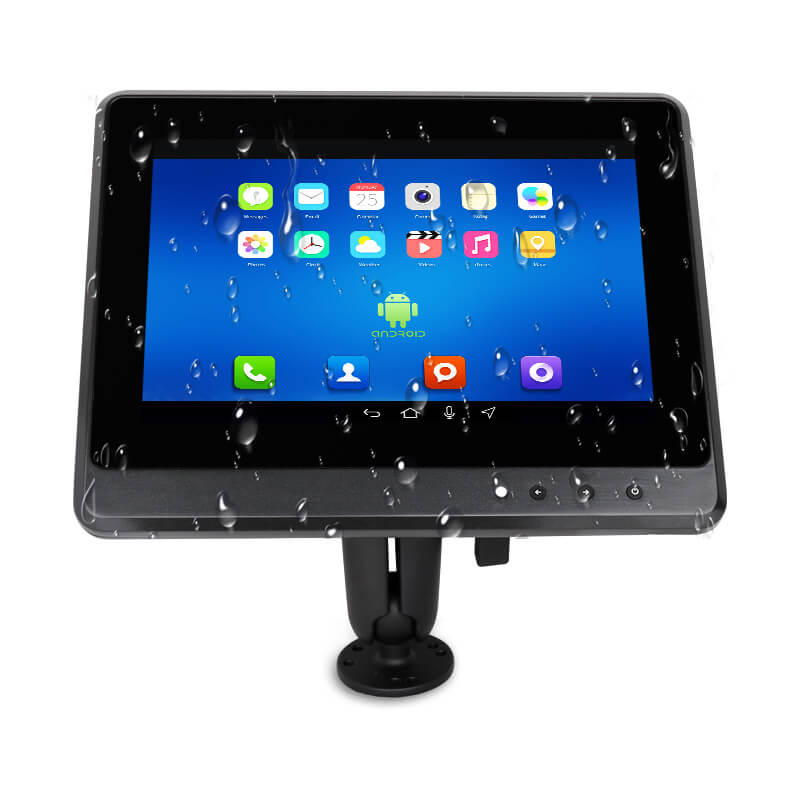
Android In-Vehicle Industrial Panel PC Vehicle AGV Computer VIEW MORE
Skype: live:touchtec
Copyright © Shenzhen Touch Think Intelligence Co.,Ltd. All Rights Reserved Update cookies preferences